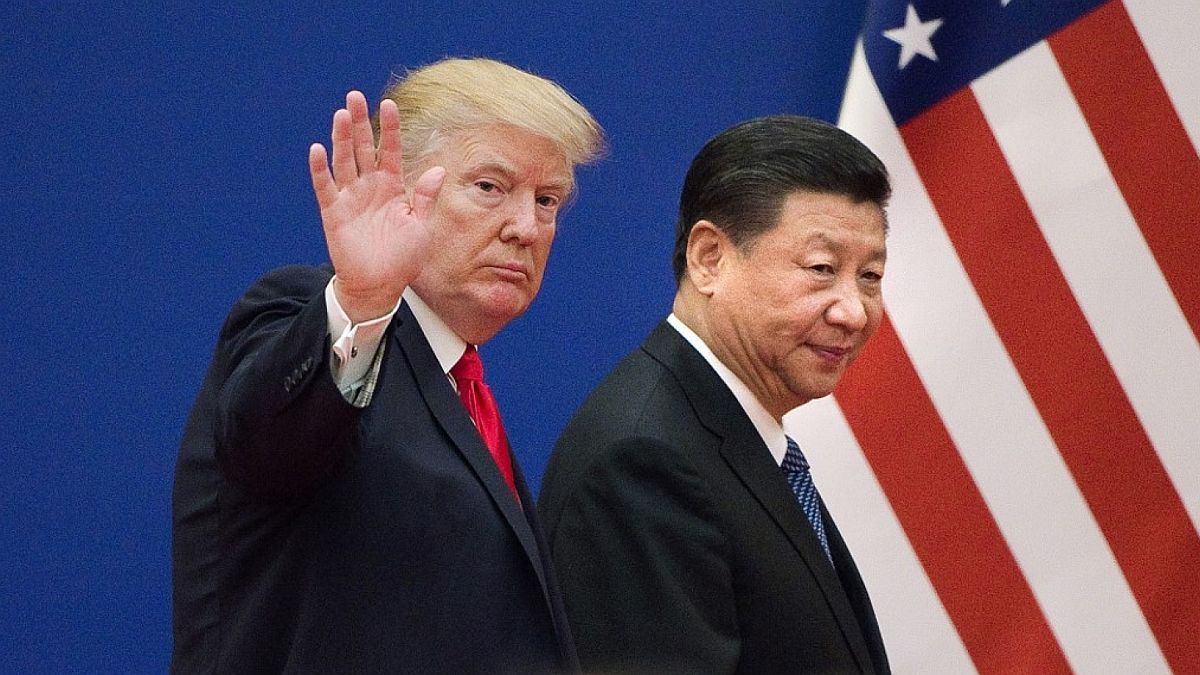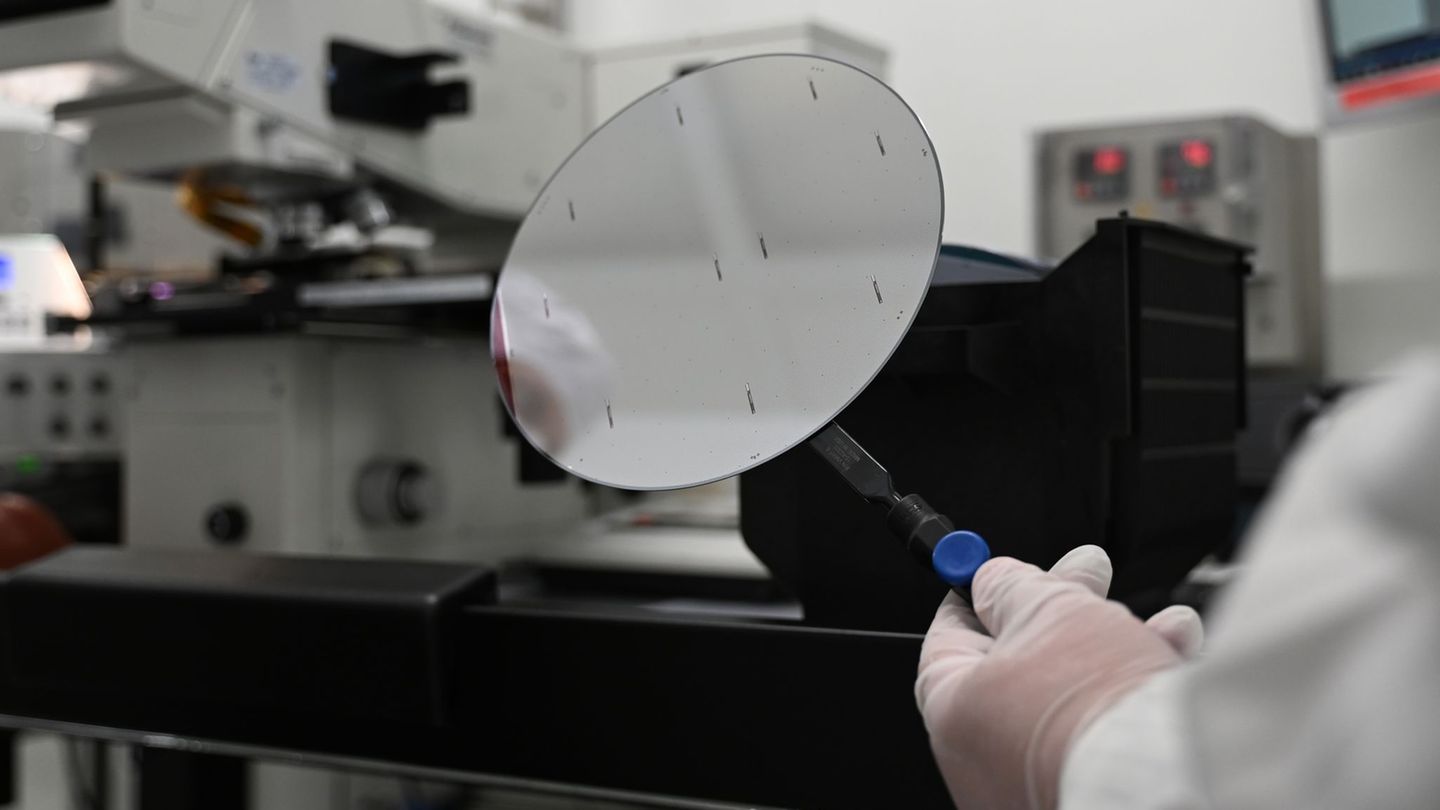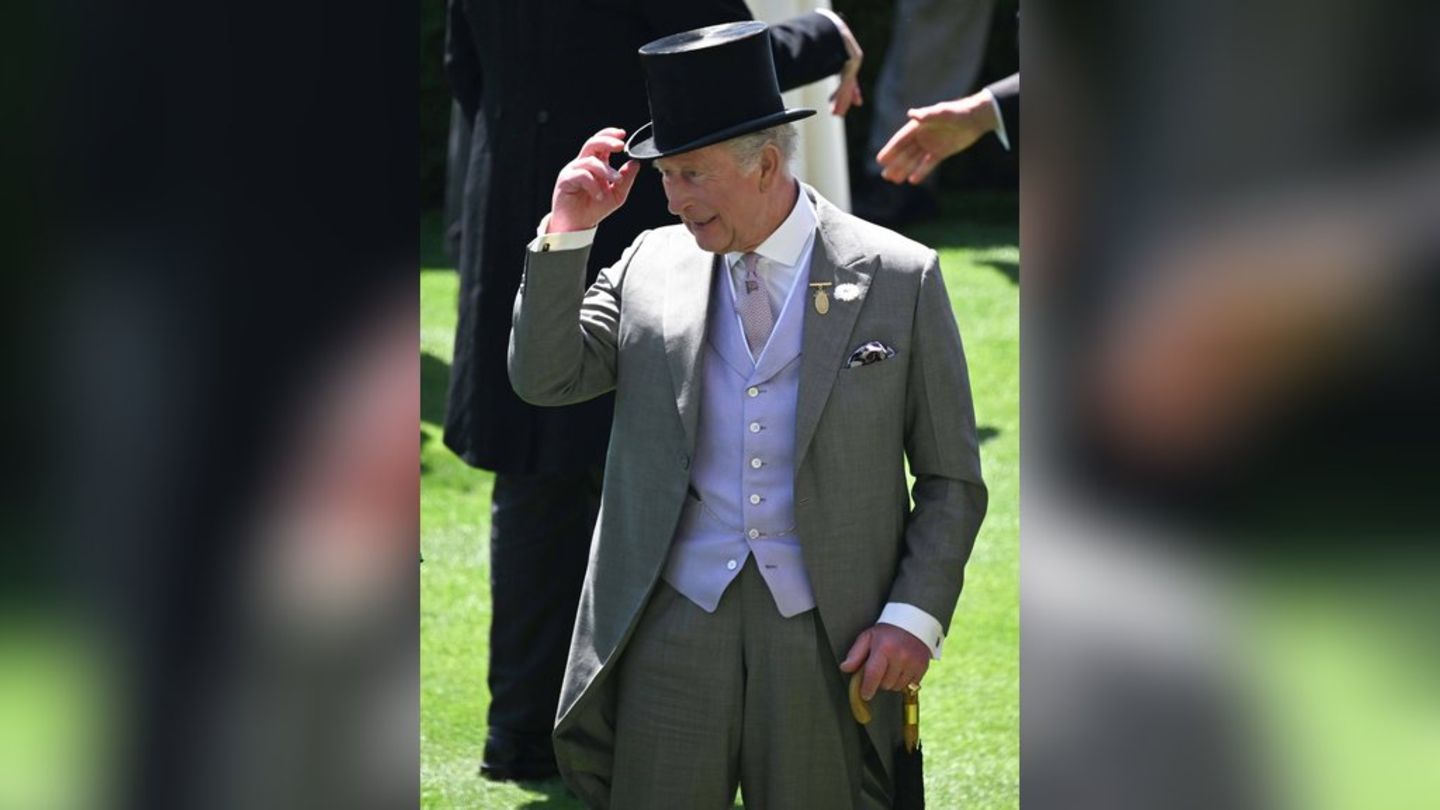Argentina is a land of good photographers and in the middle of the 20th century this technique became an ideal means of expression. In the exhibition and the book that in 2019 Malba dedicated to narrating the history of modern Argentine photography (a study that until then had only been carried out by the Paul Getty Museum in Los Angeles), the curator Facundo de Zuviría highlighted that when Makarius arrived in Buenos Aires , became the great figure. In 1957 he presented his abstractions “Photographs. color frames”. In 1961 his formidable Biblical Series, based on painted and drawn negatives, was part of the show by the Otra Figuración group. Makarius and Carolina Muchnik exhibited together with Luis Felipe Noé, Jorge De la Vega, Rómulo Macció and Ernesto Deira. About the work of Makarius, the critic Hugo Parpagnoli described the figures “shattered, longing, burned, that speak of our time”. And then, the limit between photography and art was definitively broken. Parpagnoli, who soon became director of the Museum of Modern Art, noted “the fact that the plates exhibited by Makarius are very beautiful and constitute a true novelty in the plastic arts.”
Karim says that, in order to survive, his father became an antiques dealer. “Aldo Sessa was a collector and together with my father they had the best cameras,” he adds. Several of them are in a showcase, such as the Olimpus PEN, the Nikon, Canon, the Leica and other collectibles. However, the greatest interest is aroused by the laboratory installed in the middle of the room, with its enlarger, the trays to wash the photos and the ropes and clips to hang them. The didactic nature of the exhibition is accentuated with an explanatory video.
The books, documents and catalogues, added to the images, make it possible to trace the numerous travels of Makarius. Born in 1924 in Cairo, he was educated in Berlin between 1930 and 1940, lived in Hungary during World War II, on the edge of the Jewish ghetto, and became one of the first Constructivist artists in Budapest. Denounced for helping the victims of the Nazis, he fled to Switzerland in a Red Cross truck and there he met Max Bill, who promoted his artistic career. He spent time in Paris, returned to Egypt, married Eva Reiner and finally settled in Buenos Aires. His career is well documented. He was co-founder of the Hungarian group of concrete art, and founding member of the groups Argentine Non-figurative Artists and FORUM.
Source: Ambito
David William is a talented author who has made a name for himself in the world of writing. He is a professional author who writes on a wide range of topics, from general interest to opinion news. David is currently working as a writer at 24 hours worlds where he brings his unique perspective and in-depth research to his articles, making them both informative and engaging.




